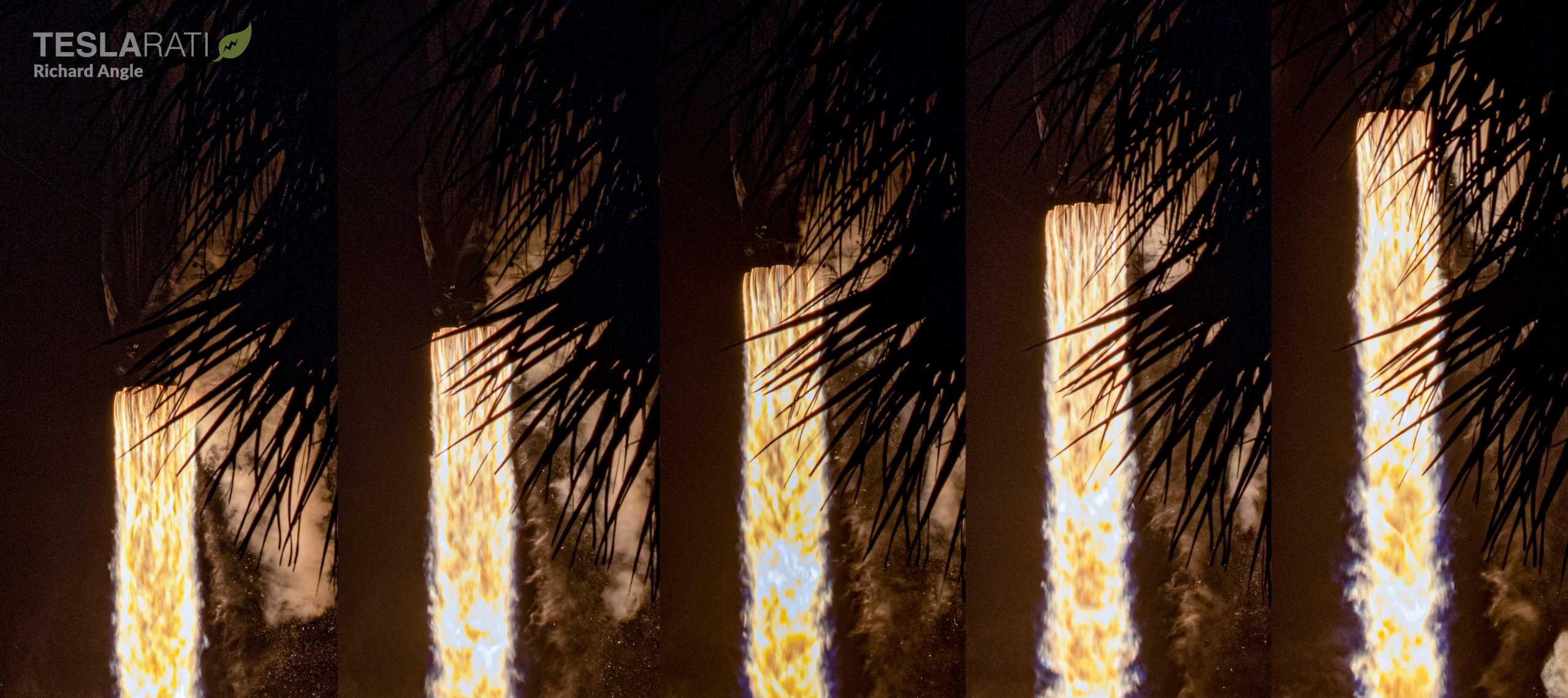
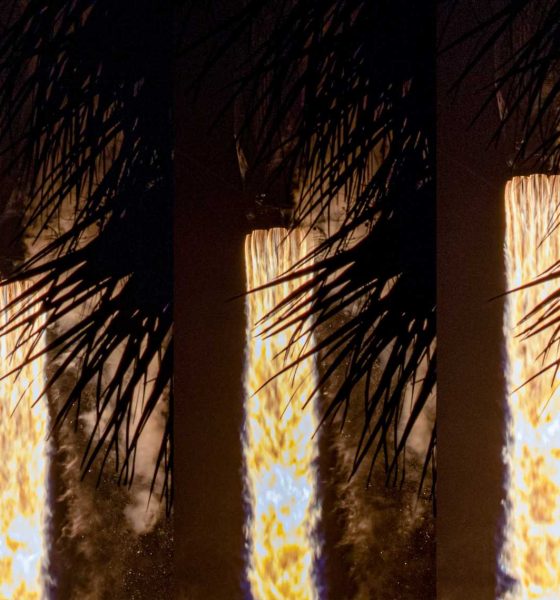
News
SpaceX closes in on Falcon 9 reliability milestone after flawless Monday launch [photos]
SpaceX’s workhorse Falcon 9 rocket has completed its thirteenth launch of 2019, leaving the vehicle just one mission away from a major reliability milestone.
At 7:10 pm ET, December 16th (00:10 UTC, Dec 17), Falcon 9 booster B1056, a new upper stage, and the nearly 7-metric ton (15,500 lb) Kacific-1/JCSAT-18 communications satellite lifted off from SpaceX’s Cape Canaveral LC-40 launch pad. As has more or less become the norm, Falcon 9 sailed through prelaunch preparations, payload integration, and launch with zero notable issues and lifted off at the precise start of a ~90-minute window.
Around nine minutes after launch and 30 seconds after the second stage reached orbit, Falcon 9 B1056 successfully landed aboard drone ship Of Course I Still Love You (OCISLY), completing the booster’s third launch and landing in seven months. 27 minutes after launch, Falcon 9’s second stage reignited and burned for more than 50 seconds, raising one end of its orbit by more than 20,000 km (12,500 mi). Five minutes later, Falcon 9 officially completed its mission by gently releasing Kacific-1/JCSAT-18 from the second stage, where the satellite shortly reoriented itself, deployed ~40-meter (~125 ft) long solar ‘wings’, and began verifying its systems’ health.
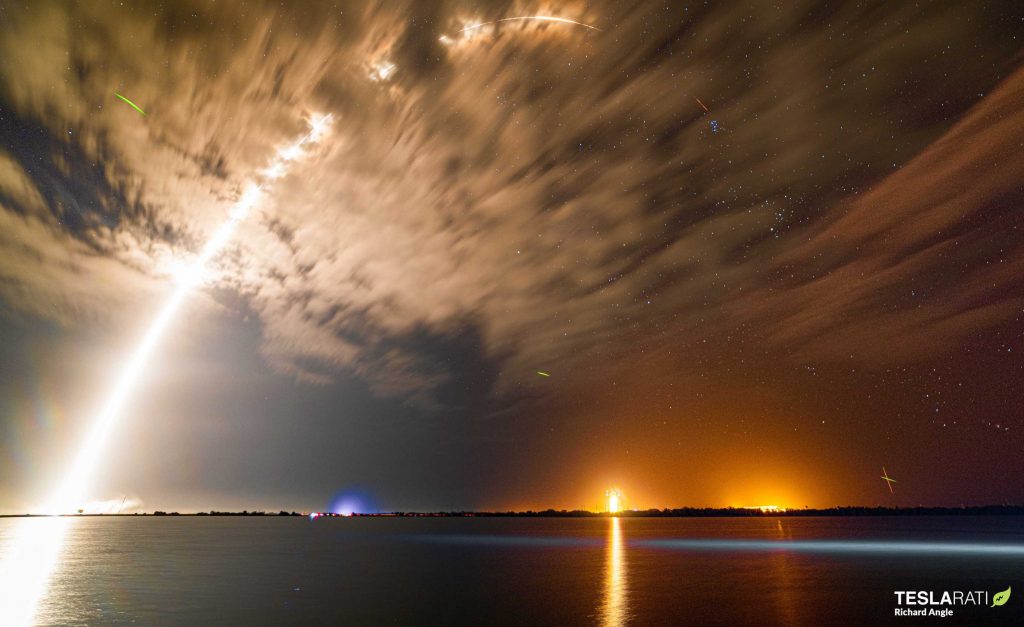
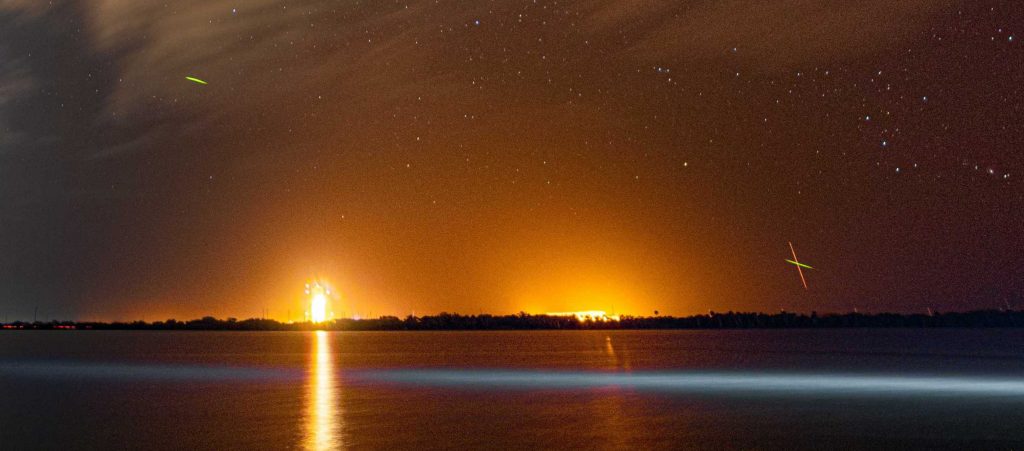
Aside from another successful and issue-free launch under the Falcon family’s belt, the Kacific-1 mission is significant for another major reason: it’s Falcon 9’s 49th consecutively-successful launch since January 2017. Falcon 9’s last catastrophic failure occurred on September 1st, 2016 when the rocket’s upper stage violently exploded, destroying the rest of the rocket and its Amos-6 satellite payload.
SpaceX took approximately four months to determine the root cause of that failure and modify hardware and procedures accordingly before returning to flight with the first Iridium NEXT launch on January 14th, 2017. In the three years (35 months) since then, Falcon 9 has successfully launched a total of 49 times in a row without even a partial failure. After one additional launch success, Falcon 9 will have flown 50 consecutively-successful missions, a symbolic but still exceptional sign of the rocket’s excellent reliability. That 50th launch attempt could come as early as December 30th in the form of SpaceX’s third 60-satellite Starlink mission, known as Starlink-2.
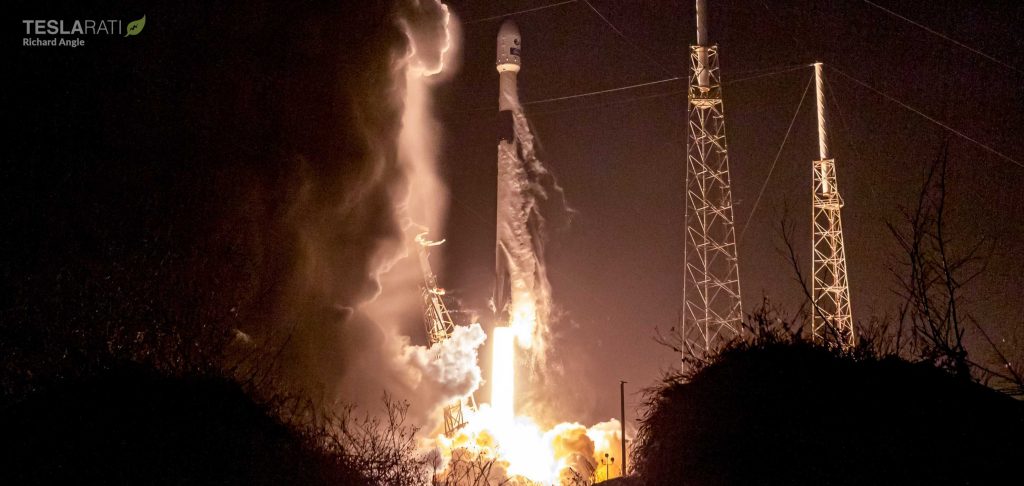
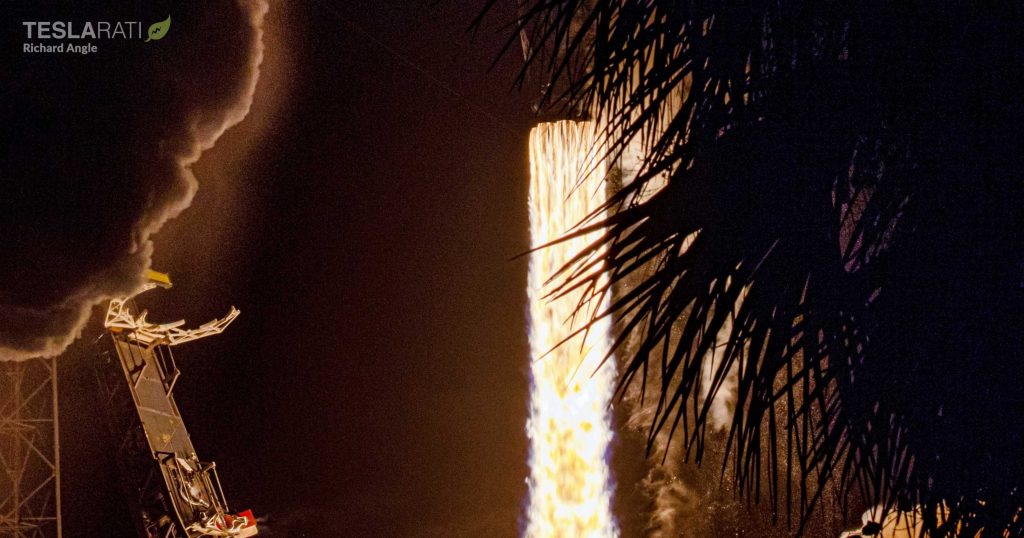
Technically speaking, if Falcon Heavy is included, SpaceX has already completed 52 consecutively-successful orbital launches without a single failure (or partial failure), the only company or space agency in the world that can currently claim that feat. Although both Arianespace and ULA are infamous for whitewashing the partial failures of their launch vehicles, Ariane 5 unfortunately suffered a partial failure in January 2018, while ULA’s Atlas V and Delta IV suffered their own partial failures in 2007 and 2004, respectively. Atlas V experienced another in-flight anomaly in 2016, although it was not technically classified as a partial failure.
This means that Ariane 5, Delta IV, and Atlas V – still some of the most reliable launch vehicles ever built – have technically only performed 9, 36, and 70 (or 18) consecutively-successful launches since their most recent partial failure (or in-flight anomaly). In other words, if measured in terms of uninterrupted consecutive launch successes, SpaceX’s Falcon 9 is either the most reliable or the second most reliable launch vehicle currently in operation.
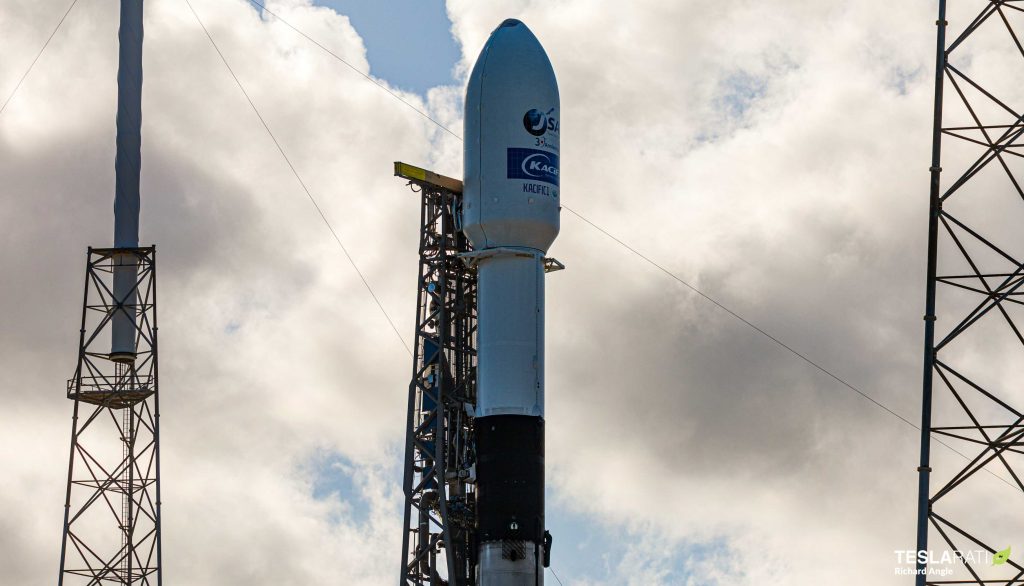

Perhaps even more impressive is the fact that SpaceX has pulled off that feat of reliability in less than three years, unequivocally making Falcon 9 the best all-purpose launch vehicle in the world in terms of its combined reliability and flight frequency – the latter thanks in large part to the rocket’s exceptionally competitive pricing.
As of now, SpaceX has at least two or three-dozen launches nominally planned for 2020 and if all of those launches are successfully completed, Falcon 9 will almost certainly become the world’s most reliable operational launch vehicle by any measure.
Check out Teslarati’s Marketplace! We offer Tesla accessories, including for the Tesla Cybertruck and Tesla Model 3.

News
Tesla starts showing how FSD will change lives in Europe
Local officials tested the system on narrow country roads and were impressed by FSD’s smooth, human-like driving, with some calling the service a game-changer for everyday life in areas that are far from urban centers.

Tesla has launched Europe’s first public shuttle service using Full Self-Driving (Supervised) in the rural Eifelkreis Bitburg-Prüm region of Germany, demonstrating how the technology can restore independence and mobility for people who struggle with limited transport options.
Local officials tested the system on narrow country roads and were impressed by FSD’s smooth, human-like driving, with some calling the service a game-changer for everyday life in areas that are far from urban centers.
Officials see real impact on rural residents
Arzfeld Mayor Johannes Kuhl and District Administrator Andreas Kruppert personally tested the Tesla shuttle service. This allowed them to see just how well FSD navigated winding lanes and rural roads confidently. Kruppert said, “Autonomous driving sounds like science fiction to many, but we simply see here that it works totally well in rural regions too.” Kuhl, for his part, also noted that FSD “feels like a very experienced driver.”
The pilot complements the area’s “Citizen Bus” program, which provides on-demand rides for elderly residents who can no longer drive themselves. Tesla Europe shared a video of a demonstration of the service, highlighting how FSD gives people their freedom back, even in places where public transport is not as prevalent.
What the Ministry for Economic Affairs and Transport says
Rhineland-Palatinate’s Minister Daniela Schmitt supported the project, praising the collaboration that made this “first of its kind in Europe” possible. As per the ministry, the rural rollout for the service shows FSD’s potential beyond major cities, and it delivers tangible benefits like grocery runs, doctor visits, and social connections for isolated residents.
“Reliable and flexible mobility is especially vital in rural areas. With the launch of a shuttle service using self-driving vehicles (FSD supervised) by Tesla in the Eifelkreis Bitburg-Prüm, an innovative pilot project is now getting underway that complements local community bus services. It is the first project of its kind in Europe.
“The result is a real gain for rural mobility: greater accessibility, more flexibility and tangible benefits for everyday life. A strong signal for innovation, cooperation and future-oriented mobility beyond urban centers,” the ministry wrote in a LinkedIn post.
News
Tesla China quietly posts Robotaxi-related job listing
Tesla China is currently seeking a Low Voltage Electrical Engineer to work on circuit board design for the company’s autonomous vehicles.

Tesla has posted a new job listing in Shanghai explicitly tied to its Robotaxi program, fueling speculation that the company is preparing to launch its dedicated autonomous ride-hailing service in China.
As noted in the listing, Tesla China is currently seeking a Low Voltage Electrical Engineer to work on circuit board design for the company’s autonomous vehicles.
Robotaxi-specific role
The listing, which was shared on social media platform X by industry watcher @tslaming, suggested that Tesla China is looking to fill the role urgently. The job listing itself specifically mentions that the person hired for the role will be working on the Low Voltage Hardware team, which would design the circuit boards that would serve as the nervous system of the Robotaxi.
Key tasks for the role, as indicated in the job listing, include collaboration with PCB layout, firmware, mechanical, program management, and validation teams, among other responsibilities. The role is based in Shanghai.
China Robotaxi launch
China represents a massive potential market for robotaxis, with its dense urban centers and supportive policies in select cities. Tesla has limited permission to roll out FSD in the country, though despite this, its vehicles have been hailed as among the best in the market when it comes to autonomous features. So far, at least, it appears that China supports Tesla’s FSD and Robotaxi rollout.
This was hinted at in November, when Tesla brought the Cybercab to the 8th China International Import Expo (CIIE) in Shanghai, marking the first time that the autonomous two-seater was brought to the Asia-Pacific region. The vehicle, despite not having a release date in China, received a significant amount of interest among the event’s attendees.
Elon Musk
Elon Musk and Tesla AI Director share insights after empty driver seat Robotaxi rides
The executives’ unoccupied tests hint at the rapid progress of Tesla’s unsupervised Robotaxi efforts.

Tesla CEO Elon Musk and AI Director Ashok Elluswamy celebrated Christmas Eve by sharing personal experiences with Robotaxi vehicles that had no safety monitor or occupant in the driver’s seat. Musk described the system’s “perfect driving” around Austin, while Elluswamy posted video from the back seat, calling it “an amazing experience.”
The executives’ unoccupied tests hint at the rapid progress of Tesla’s unsupervised Robotaxi efforts.
Elon and Ashok’s firsthand Robotaxi insights
Prior to Musk and the Tesla AI Director’s posts, sightings of unmanned Teslas navigating public roads were widely shared on social media. One such vehicle was spotted in Austin, Texas, which Elon Musk acknowleged by stating that “Testing is underway with no occupants in the car.”
Based on his Christmas Eve post, Musk seemed to have tested an unmanned Tesla himself. “A Tesla with no safety monitor in the car and me sitting in the passenger seat took me all around Austin on Sunday with perfect driving,” Musk wrote in his post.
Elluswamy responded with a 2-minute video showing himself in the rear of an unmanned Tesla. The video featured the vehicle’s empty front seats, as well as its smooth handling through real-world traffic. He captioned his video with the words, “It’s an amazing experience!”
Towards Unsupervised operations
During an xAI Hackathon earlier this month, Elon Musk mentioned that Tesla owed be removing Safety Monitors from its Robotaxis in Austin in just three weeks. “Unsupervised is pretty much solved at this point. So there will be Tesla Robotaxis operating in Austin with no one in them. Not even anyone in the passenger seat in about three weeks,” he said. Musk echoed similar estimates at the 2025 Annual Shareholder Meeting and the Q3 2025 earnings call.
Considering the insights that were posted Musk and Elluswamy, it does appear that Tesla is working hard towards operating its Robotaxis with no safety monitors. This is quite impressive considering that the service was launched just earlier this year.








